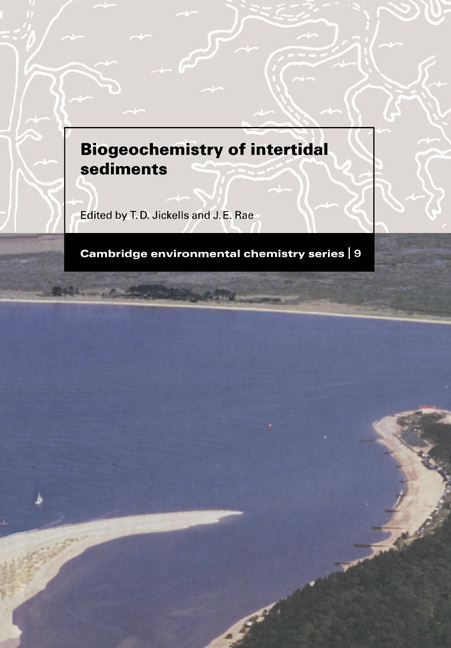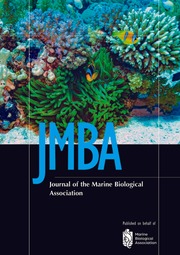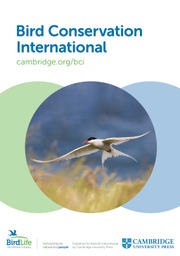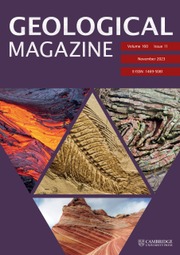Ecotoxicology
Ecotoxicology offers a comprehensive overview of the science underpinning the recognition and management of environmental contamination. It describes the toxicology of environmental contaminants, the methods used for assessing their toxicity and ecological impacts, and approaches employed to mitigate pollution and ecological health risks globally. Chapters cover the latest advances in research, including genomics, natural toxins, endocrine disruption and the toxicology of radioactive substances. The second half of the book focuses on applications, such as cradle-to-grave effects of selected industries, legal and economic approaches to environmental regulation, ecological risk assessment, and contaminated site remediation. With short capsules written by invited experts, numerous case studies from around the world and further reading lists, this textbook is designed for advanced undergraduate and graduate one-semester courses. It is also a valuable reference for graduate students and professionals. Online resources for instructors and students are also available.
- Explains how ecotoxicology informs the management and remediation of environmental contamination
- Covers endocrine disruption and ecotoxicogenomics, and shows how recent findings in genomics have contributed to our understanding of the impact of chemicals on ecosystem health
- Discusses new contaminants such as engineered nanomaterials, polyfluoroalkyl substances (PFAS) and technology-critical elements (TCE)
- Includes a discussion of international regulatory toxicology
- Includes up-to-date case studies and capsules written by guest authors to engage students by discussing topics related to their daily lives, as well as review questions at the end of each chapter to test students' knowledge
- Online resources for instructors comprise solutions to questions and problems, and additional reading lists. Online resources for students include a glossary of all the key terms within the book
Product details
May 2022Hardback
9781108834698
592 pages
287 × 221 × 32 mm
1.79kg
Available
Table of Contents
- Preamble
- Preface
- Part I. Approaches and Methods:
- 1. The history and emergence of ecotoxicology as a science Pamela Welbourn and Peter V. Hodson
- 2. Measuring toxicity Peter V. Hodson and David A. Wright
- 3. Contaminant uptake and bioaccumulation: mechanisms, kinetics and modelling Peter G. C. Campbell, Peter V. Hodson, Pamela M. Welbourn, David A. Wright
- 4. Methods in ecotoxicology Peter. V. Hodson and David W. Wright
- 5 Ecotoxicogenomics Valérie S. Langlois and Christopher J. Martyniuk
- Part II. Toxicology of Individual Substances:
- 6. Metals and metalloids Peter G. C. Campbell, Pamela M. Welbourn and Christopher D. Metcalfe
- 7. Organic compounds Christopher D. Metcalfe, David A. Wright, Peter V. Hodson
- 8. Endocrine disrupting chemicals Christopher D. Metcalfe, Christopher J. Martyniuk, Valérie S. Langlois, and David A. Wright
- 9. Natural toxins David A. Wright and Pamela M. Welbourn
- 10. Ionising radiation Louise Winn
- Part III. Complex Issues:
- 11. Complex issues, multiple stressors and lessons learned Pamela M. Welbourn, Peter G. C. Campbell, Peter V. Hodson and Christopher D. Metcalfe) 12. Regulatory toxicology and ecological risk assessment Peter V. Hodson, Pamela Welbourn and Peter G. C. Campbell
- 13. Recovery of contaminated sites Pamela M. Welbourn and Peter V. Hodson
- 14. Emerging concerns and future visions David A. Wright and Peter G. C. Campbell
- Index.









